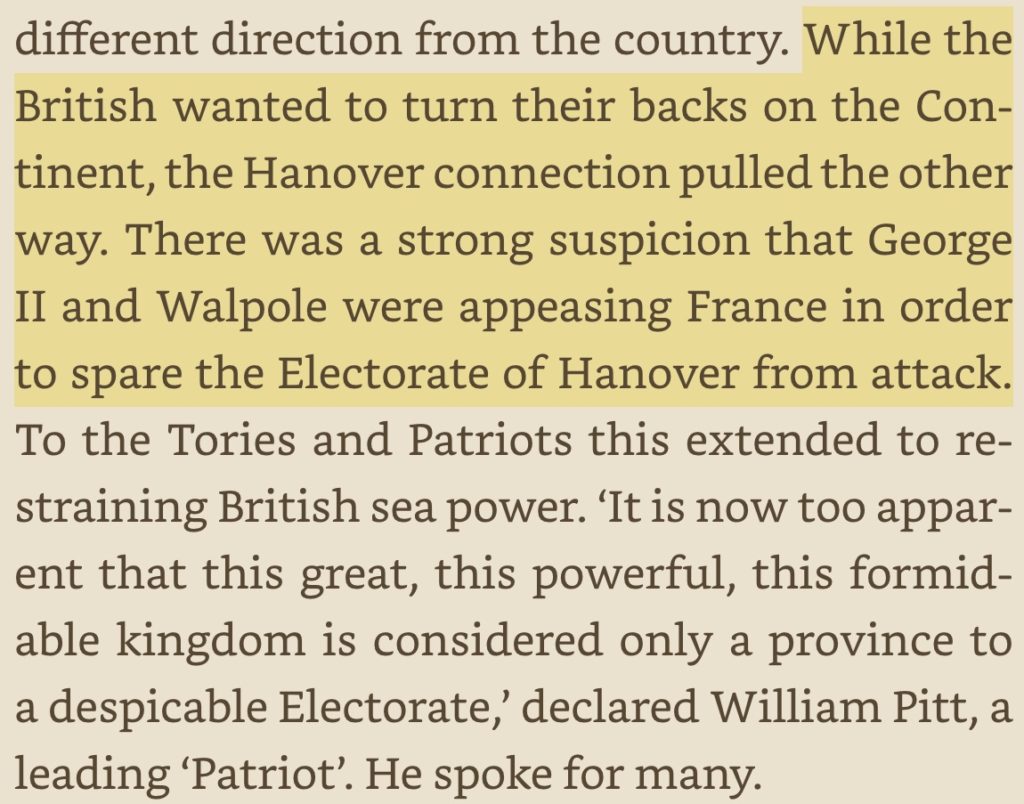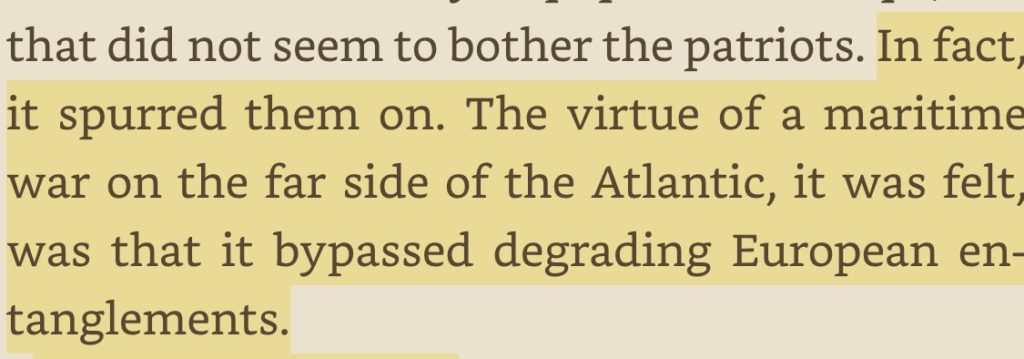Dziga Vertov and Social Media
A century ago Dennis Arkadievitch Kaufmann, more commonly known as Dziga Vertov, the spinning top, came up with the concept of the All-Seeing Eye. The Kinoki. The Cinema Eye. His idea was that with time life unawares could be documented and daily life would be captured by cameras for everyone to see.
Until recently the idea of filming and documenting everyone with video and photo cameras was an act of fiction. Rolls of films had only 36 frames and DV tapes only lasted 63 minutes. Cameras were dedicated devices that you did not have with you at all times and to take pictures was expensive and you needed space for storage.
If we were to take 36 pictures I think we would have paid 1.20 CHF per image recently. DV tapes were about 15 CHF per tape depending on how many you bought at once.
Today we have two or three cameras with us at all times with gigabytes of storage. With the iPhone we could easily take a thousand pictures in a day if we had a way of recharging the battery halfway through.
We also have the means to share these images. We have Instagram, Facebook, Twitter, YouTube and Whatsapp. We also have blogs. We could mention Flickr and SmugMug but they have angered those who loved their site to the point of losing their users.
When I was streaming live from Paléo a few years ago I was groundbreaking by using the phone and QIK or Bambuser.
Fast forward a few years and live streaming of music events has progressed.
We have gone from cameras that were stuck on the ground and barely moved to FPV video cameras that fly and follow snowboarders as they jump and slide down mountain faces. The camera no longer needs to be on the ground to be steady and get good images. Without weight the Kinoki can see scenes like this:
These all-seeing eyes can also fly in the landscape and show us the world as only a wingsuit flyer could have seen it in the past. We can see the same things without risking our lives or devoting hours of training to get to the right level of competence.
We then see Paris in the 1900s and now. We see how some things have stayed exactly the same and how other things have changed. The main difference is that in the 1900s it would have been a wooden camera with a wooden tripod and in modern days a carbon fibre tripod with a modern camera.
There is also this footage of 1900s Paris in colour.
The All-Seeing Eye then takes us to 1911 New York and we see life with cars and people walking across a street. Sound was added later.
An old-style educational video of how hydraulic steering works.
Compare to this modern documentary
When we jump forward a few decades we have this footage of 1960s London.
Of course the diversity captured by the All Seeing Eye does not stop there. We often come across arts that are preserved by a single individual, which thanks to the all seeing eye, is preserved for future generations
When I was on one of my daily walks I expected that this would be a long written blog post about theories and reasoning but in the end it becomes a collection of videos to explore the diversity of topics that the “all-seeing eye” can capture. The topic is broad and this is just a tiny glimpse.





